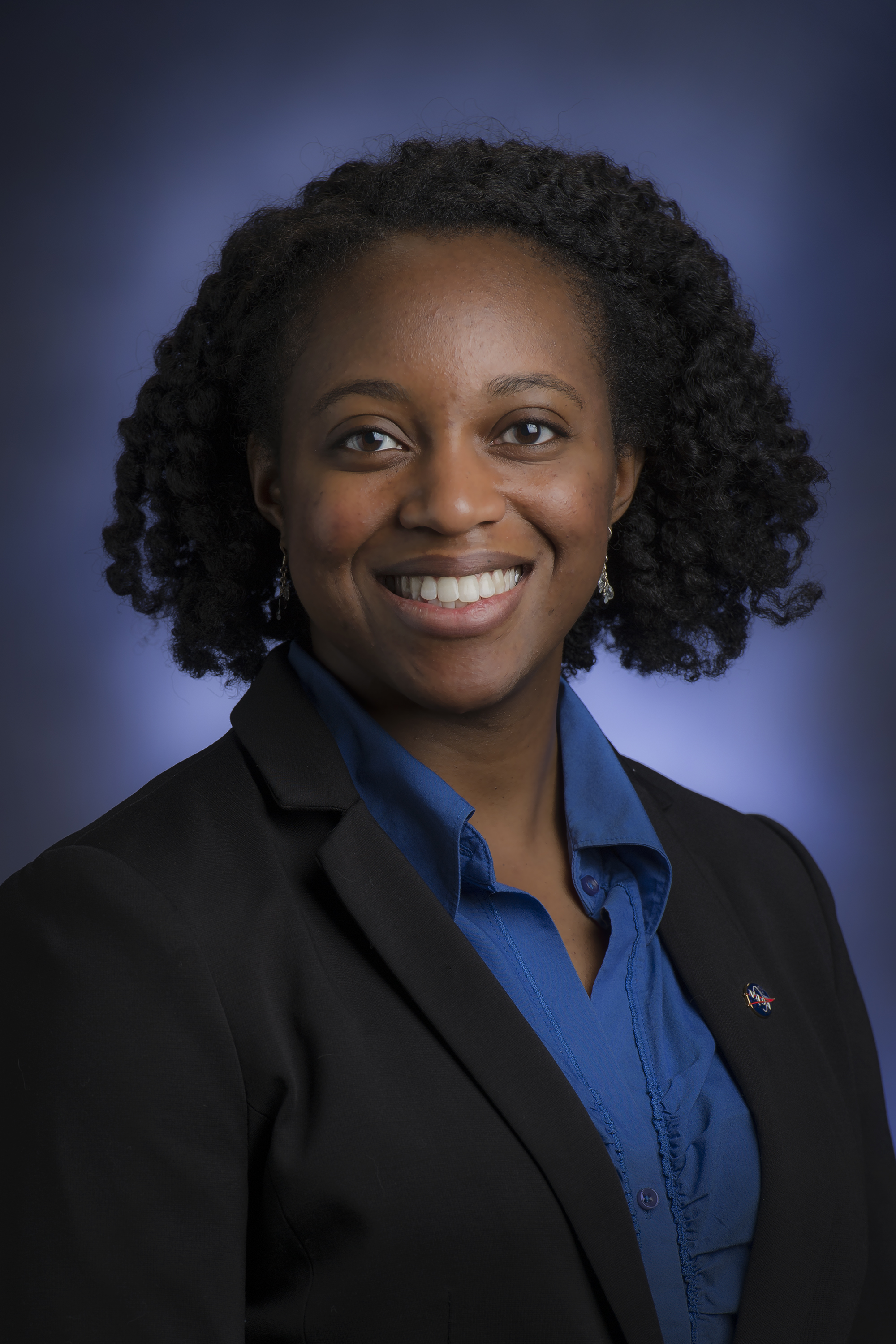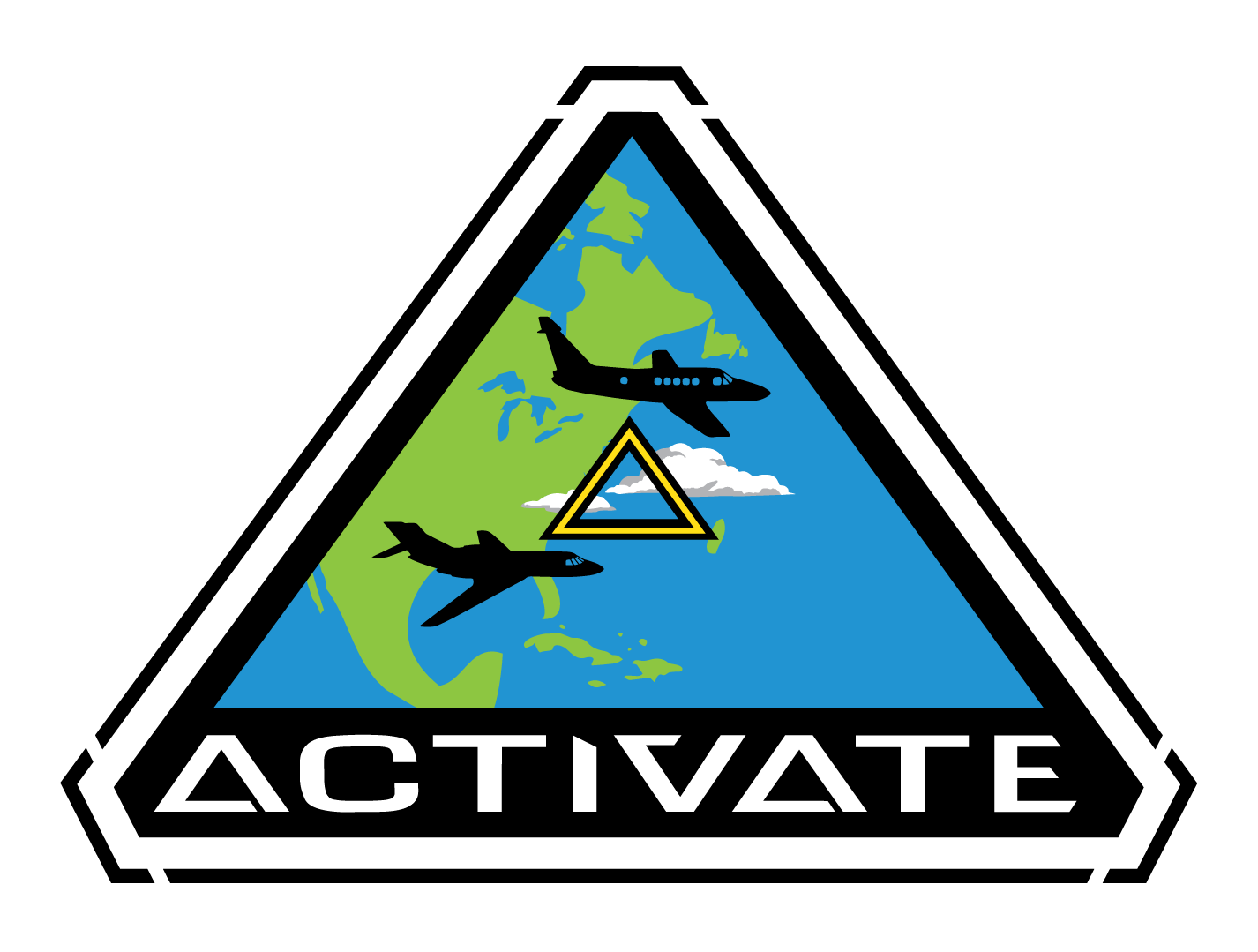Yolanda Shea (NASA)
 |
Title: Research Scientist
Technical Focus Area: Climate Science
Study Topics: Measurement and algorithm requirements for climate monitoring, Hyperspectral Reflected Solar Remote Sensing
Mission/Project: CLARREO Pathfinder
Email: yolanda.shea@nasa.gov
|
About:
After receiving her PhD at the University of Colorado at Boulder, Dr. Shea began working as a research scientist in the Science Directorate at NASA Langley Research Center. Dr. Shea is currently project scientist for the CLARREO Pathfinder (CPF) mission. This mission includes a payload that will measure Earth-reflected sunlight from the International Space Station. It will do this with higher accuracy than previous satellite instruments we’ve designed to observe Earth. We’ll be able to use these measurements not only to better understand Earth, but also to improve the accuracy of other satellite instruments. Dr. Shea is also interested in the information contained in hyperspectral reflected solar measurements for studying climate, the development of climate benchmarks, and ensuring that measurements and retrieval algorithms have the qualities needed to detect trends in Earth’s climate.
Publication Bibliography:
Awards:
- Presidential Early Career Award for Scientists and Engineers (PECASE), 2019
- Henry J. E. Reid Award for Outstanding Paper titled, “Achieving Climate Change Accuracy In Orbit,” 2015
- James D. Lawrence Award for Outstanding Atmospheric Science Publication, 2014
- NASA Group Achievement Award as CLARREO (Climate Absolute Radiance and Refractivity Observatory) Science Definition Team Member, 2012
- American Geophysical Union Outstanding Student Paper Award Winner, 2011
- NSF Alliance for Graduate Education and the Professoriate Fellowship, 2007
- Brian Bosart ’96 Cornell University Research Scholarship, 2005-2007
- American Meteorological Society Minority Scholarship, 2003
Education/Professional Experience:
- Project Scientist, CLARREO Pathfinder Mission, 2019–Present
- Inter-calibration Team Lead, CLARREO Pathfinder Mission, 2019–Present
- Science Manager, CLARREO Pathfinder Mission, 2018–2019
- Science Manager, CLARREO Pre-formulation, 2017–2018
- Physical Research Scientist, NASA LaRC, 2012–Present
- Grad. Research Assist., Laboratory for Atmospheric and Space Physics, 2008–2012
- Ph.D. Atmospheric and Oceanic Science, University of Colorado, Boulder, CO, 2012:
- B.S. Earth and Atmospheric Science, Cornell University, 2007
National/International Leadership:
- AMS Radiation Committee Member, 2018-2021
- AGU Global Environmental Change Committee Member, Early Career Representative, 2018-2019
- AGU Outstanding Study Presentation Award (OSPA) Atmospheric Science Coordinator, 2014
Professional Memberships:
- American Meteorological Society (AMS)
- American Geophysical Union (AGU)
Hobbies:
Weighlifting, knitting, sewing, playing the violin, Lindy Hop
Need to get in touch with Yolanda Shea? Fill out the contact form below.

